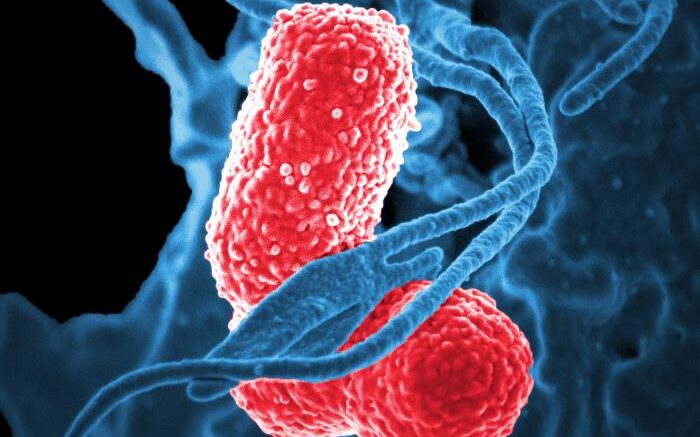There are differences in infection prevention and control (IP&C) policies to prevent transmission of highly resistant microorganisms (HRMO). van Dijk, et al. (2022) sought to provide an overview of the IP&C policy of six European hospitals and their HRMO prevalence, to compare the IPC policies of these hospitals with international guidelines, and to investigate the hospitals’ adherence to their own IP&C policy.
The participating hospitals were located in Salzburg (Austria), Vienna (Austria), Kayseri (Turkey), Piraeus (Greece), Rome (Italy) and Rotterdam (The Netherlands). Data were collected via an online survey. Questions were aimed at prevalence rates in the years 2014, 2015, 2016 of carbapenemase-producing Klebsiella pneumoniae (CPK), carbapenemase-producing Pseudomonas aeruginosa (CPPA), vancomycin-resistant Enterococcus faecium (VRE) and hospitals’ IPC policies of 2017. Implemented IPC measures (i.e. with a self-reported adherence of > 90%) were counted (26 points maximal).
The self-reported prevalence of CPK per year was low in the Austrian and Dutch hospitals and high in the Turkish and Greek hospitals. CPPA was highly prevalent in the Turkish hospital only, while the prevalence of VRE in four hospitals, except the Austrian hospitals which reported lower prevalence numbers, was more evenly distributed. The Dutch hospital had implemented the most IPC measures (n = 21), the Turkish and Greek hospitals the least (n = 14 and 7, respectively).
Hospitals with the highest self-reported prevalence of CPK and CPPA reported the least implemented IPC measures. Also, hospitals with a higher prevalence often reported a lower adherence to own IP&C policy.
Reference: van Dijk MD, et al. Infection prevention and control policies in hospitals and prevalence of highly resistant microorganisms: an international comparative study. Antimicrobial Resistance & Infection Control. Vol. 11, article number: 152 (2022)
